Your roof is an important part of your home that you must protect at all costs by conducting residential roof repair or replacement projects. After all, it’s a significant investment that you’ve poured a lot of effort into to enhance your home’s aesthetic appeal, comfort and energy efficiency. Most importantly, it keeps your family safe by protecting them against the exterior elements like heat, cold, wind and storms.
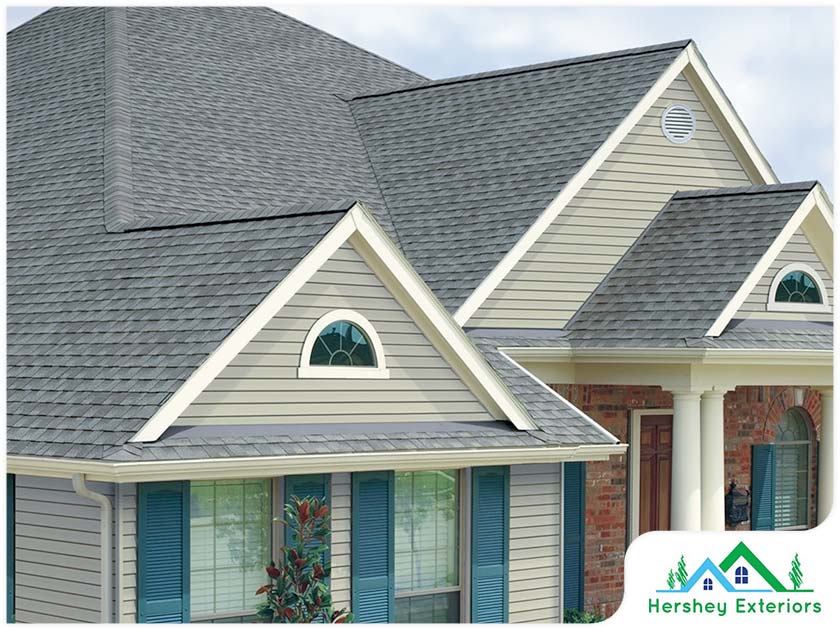
This is why it’s a good practice to have a proactive approach to roofing projects. It’s better to have them done at the earliest time when you spot issues following your roof inspection or maintenance. However, one concern that bothers some homeowners is whether it’s safe to conduct roofing jobs during the winter season. In this post, Hershey Exteriors, Inc, the leading GAF roofing company, shares how they practice safety during roofing projects in the winter season.
When Is It Too Cold or Hot to Install Shingles?
There isn’t a rule or an absolute limit that governs when asphalt fiberglass roofing shingles should be installed. According to residential and commercial roofing experts, you can have your new shingles installed as long as the proper safety precautions are followed. The experts from GAF recommend handling your roofing shingles in cold weather at temperatures above 40 degrees for added safety. During the summer season, it’s ideal to handle roofing materials under 90 degrees. Of course, when handling your roofing materials, be sure to use the proper safety equipment when installing them and always refer to the manufacturer’s installation guide to ensure that it’s installed properly.
Cold Weather Tips For Damage Prevention and Smooth Installation
We suggest following the tips below to ensure that your new shingles are installed smoothly and free of damage:
- Keep your asphalt shingles in a heated storage area that is around 70 degrees for at least 24 hours before installing them. This makes it easier for your shingles to be flexible, making them easier to install for your roofing contractors. Make sure that you’re equipped with the proper safety equipment when transporting your roofing shingles to and from the storage area.
- GAF strongly suggests against using the racking installation method during the winter season. This method can lead to your asphalt shingles deteriorating faster in the future due to bending, cracking or breaking. This is because the racking method requires the asphalt shingles to be bent or lifted to secure the last nail. It’s also important to take extra care when handling your roof in the winter season due to the high winds and stress that can affect not only the roofing materials, but also the roofing installer.
- The amount of time your shingles need to be sealed can change depending on different factors. This includes your roofing system’s slope, physical orientation and the amount of heat and cold it’s exposed to during the process. You can hand-seal the shingles if you find out that the temperature is too cold for good measure. In turn, this activates the Dura Grip™ Adhesive to perform its intended function.
What Issues Can You Encounter When Installing During Cold Weather?
There are numerous issues that a homeowner can encounter during the cold, winter season. This is why roofers need to treat shingles with extra care during the cold weather. When the temperature begins to drop, the shingles can become very brittle, making them very sensitive to handle. Your roofing contractor needs to take care so as not to bend them too quickly or drop them so that the shingles won’t crack or fracture.
Keep in mind that a cracked shingle can lead to serious problems in the future, such as water infiltration. Water can become a very serious threat, especially during the winter season. Aside from causing rotting and mold growth, water can freeze up in your roof, causing it to form ice dams that can damage your roofing and gutter system.
Additional Installation Safety Measures
When the nail is being driven into the shingles, your contractor needs to be careful as this can cause a cold shingle. The hammer’s impact can fracture or tear the shingle that surrounds the hail head. If this happens, the nail might not be able to have sufficient holding power to support your shingles. Additionally, a strong winter storm can deposit your roof on the ground.
Another common installation problem during the winter is incorrect nail placement. This is why it’s important to follow the manufacturer’s guide to properly locate the areas through where the nails should be hammered. Most of the time, the nails aren’t installed through the self-sealing asphalt strip. In most cases, they’re driven around six inches up from the bottom edge of each shingle. Your contractor should use four nails at the minimum or six nails if you live in an area with strong winds.
Another thing to look out for when installing shingles during the cold season is to properly install the starter strips. This is a mistake that is commonly committed by neophyte or uninformed roofers who apply a full shingle under the first layer of shingles. This is an important aspect that should not be overlooked since this prevents the wind from tearing off the first layer of shingles.
It’s also essential to incorporate felt paper under your asphalt shingles. This helps keep your roofing system safe by securing its fire rating. Keep in mind that roofing systems in and of themselves aren’t fire rated, but their components are. Additionally, roofing felt helps prevent water leaks and moisture from penetrating into your shingles, helping it remain safe and energy-efficient.
At Hershey Exteriors, Inc, we offer a full suite of residential roof services to ensure the integrity and long-term functionality of your home’s roofing surface. We are a GAF-certified roofing company that you. This means that we can offer you the best selection of roofing materials available on the market. We also specialize in window and gutter replacement as well as residential roof repair. Call (302) 569-9039, or fill out our contact form to request a free estimate.
Tags
Subscribe to Hershey Exteriors's Blog


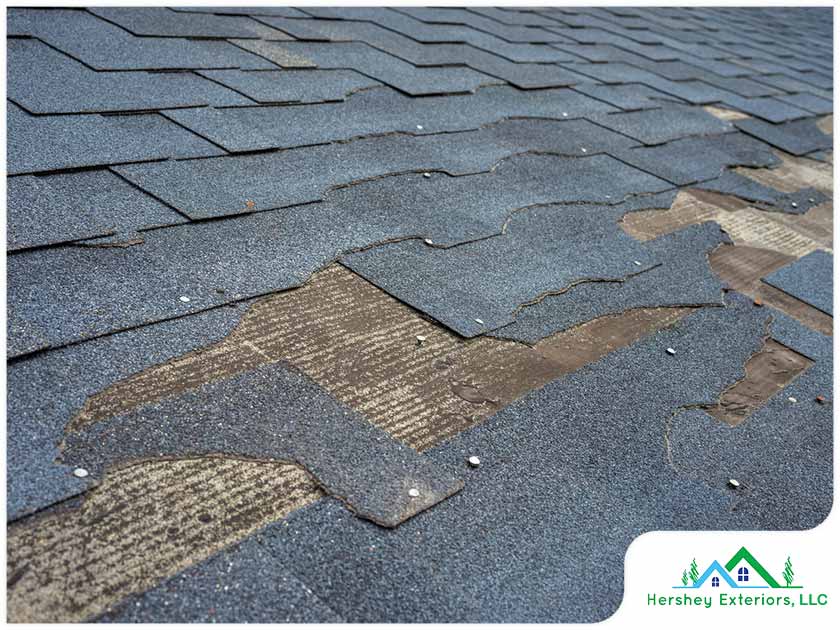
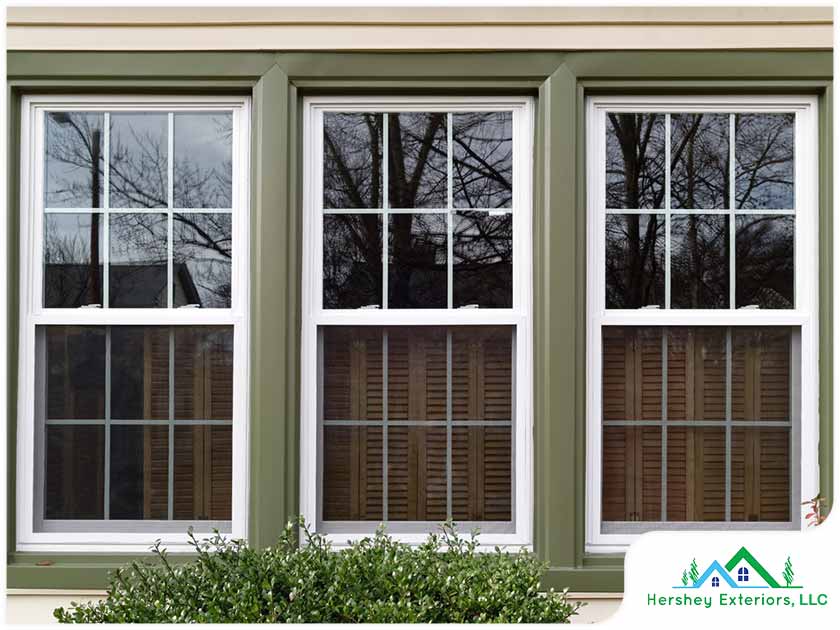
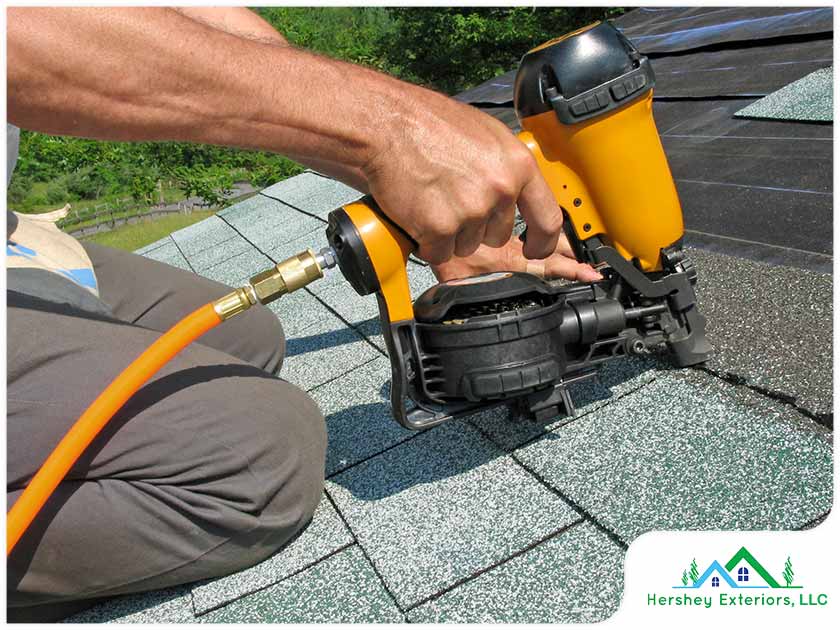
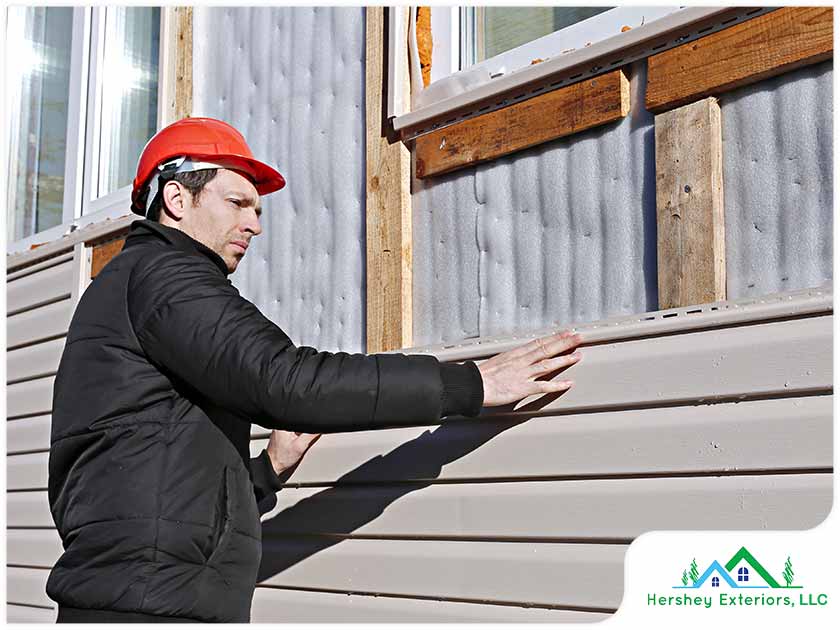
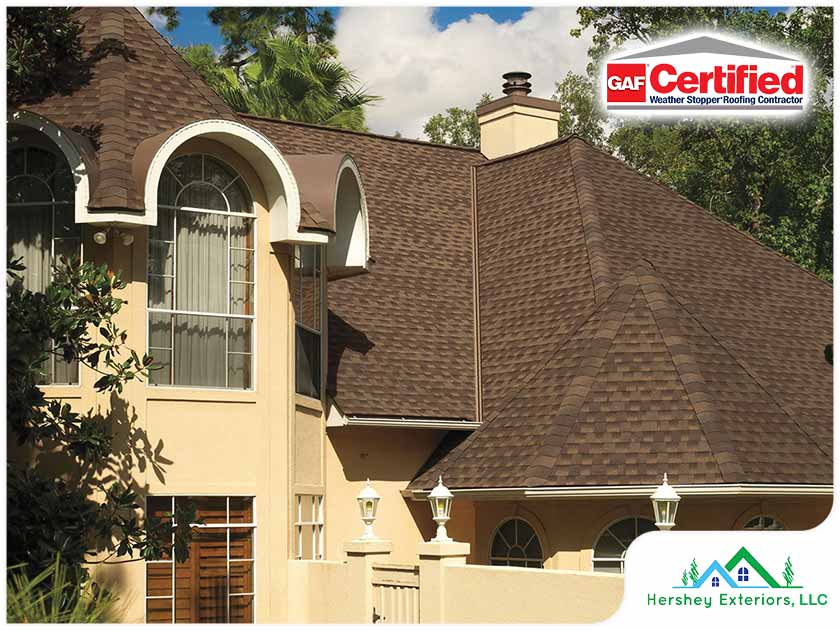

Comments